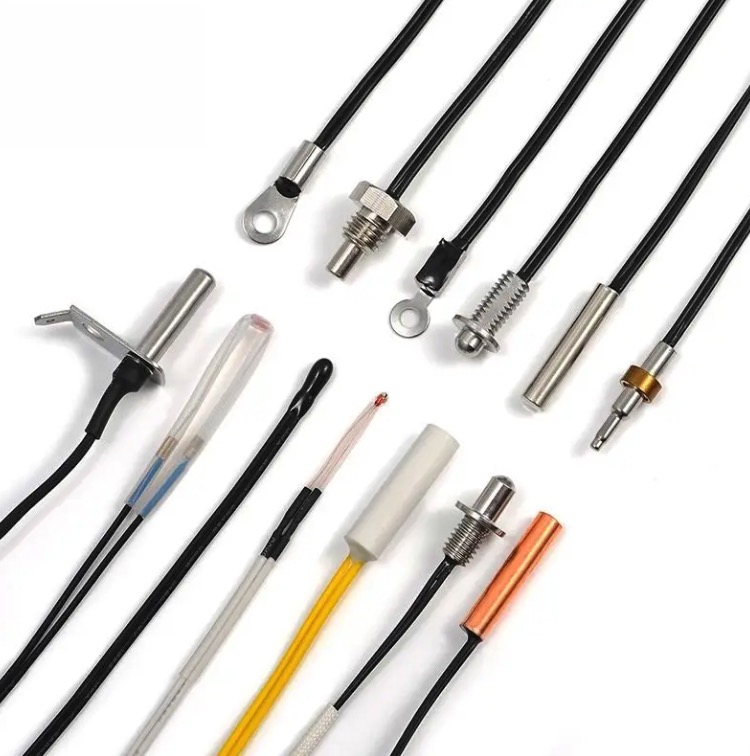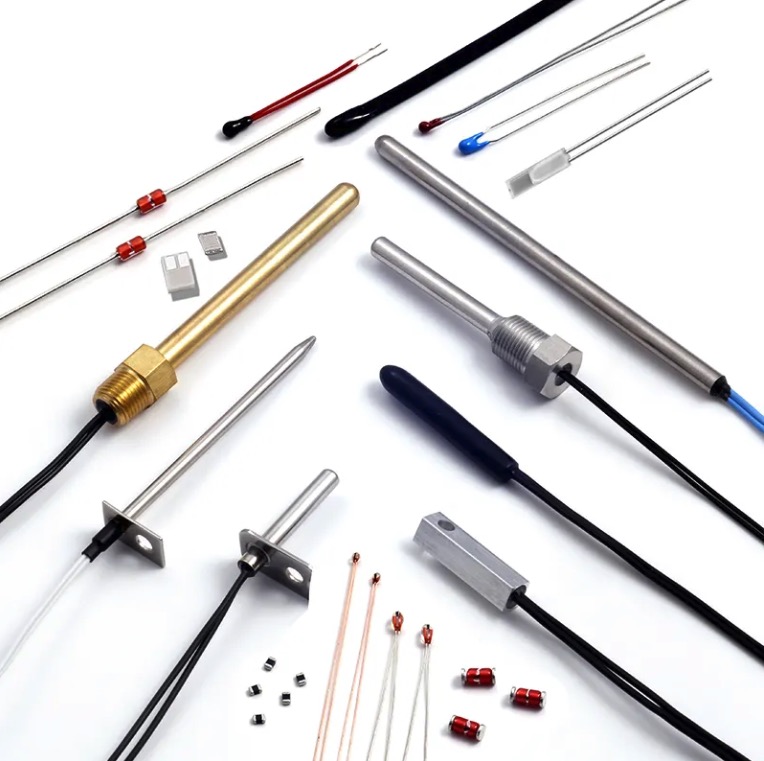Contactless Temperature Sensor – Enhancing Accuracy and Efficiency
Article Summary:
- Introduction
- Benefits of Contactless Temperature Sensors
- Applications in Various Industries
- Key Considerations for Implementation
- Conclusion
Introduction
In the realm of modern temperature sensing technology, the emergence of contactless temperature sensors has revolutionized the way temperature measurements are conducted. By utilizing non-invasive methods, these sensors have become pivotal in diverse industries, offering unparalleled accuracy and efficiency.
Benefits of Contactless Temperature Sensors
One of the primary advantages of contactless temperature sensors is their ability to accurately measure temperature without physically touching the object or environment being assessed. This not only minimizes the risk of contamination but also enhances safety, particularly in sensitive or hazardous settings.
Applications in Various Industries
Contactless temperature sensors have found wide-ranging applications across industries such as healthcare, manufacturing, and food processing. In healthcare, these sensors enable non-invasive temperature monitoring, crucial for patient comfort and infection control.
Key Considerations for Implementation
When implementing contactless temperature sensors, several considerations must be taken into account, including environmental factors, sensor calibration, and integration with existing systems. Additionally, ensuring compatibility with specific industry standards is essential for seamless adoption.
Conclusion
As we delve deeper into the possibilities offered by contactless temperature sensors, it becomes evident that these innovative devices are poised to drive advancements in temperature measurement and monitoring. Their role in enhancing accuracy, efficiency, and safety cannot be overstated, making them indispensable tools in a wide array of industries.




